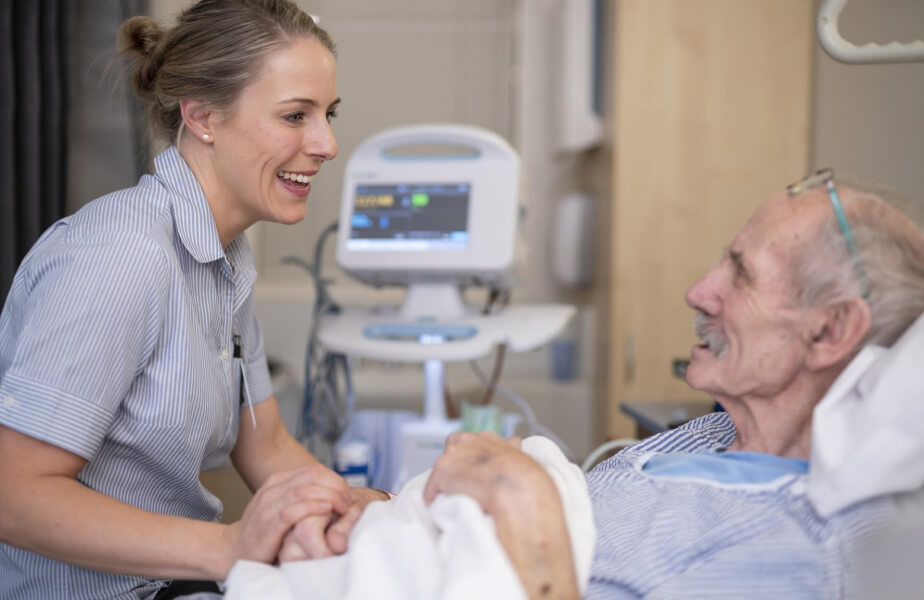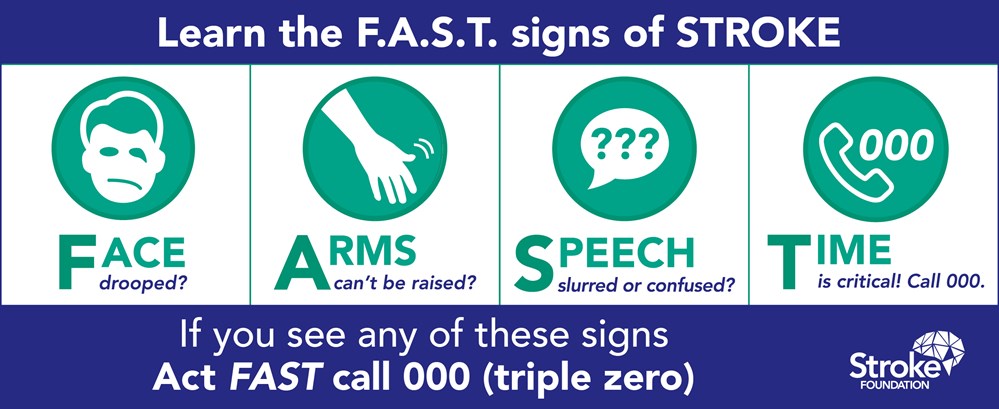
A stroke is a devastating medical emergency that can alter lives in an instant. As we observe National Stroke Week, we’re shedding light on the alarming stroke statistics in Tasmania and the measures we can all take to mitigate this risk.
Understanding Stroke
A stroke occurs when the blood supply to the brain is interrupted, either due to a clot blocking an artery (ischaemic stroke) or a burst artery (haemorrhagic stroke). This deprivation of oxygen causes brain cells to die, potentially leading to permanent damage. The severity and location of the stroke determine its impact. Common signs include facial drooping, arm weakness, and speech difficulties. Immediate medical attention is crucial; the longer a stroke goes untreated, the higher the risk of irreversible brain damage.
Tasmania's stroke challenge
In 2020 alone, over 27,000 Australians experienced their first stroke, with Tasmania recording more than 660 of these cases. Disturbingly, Tasmania holds one of the highest per capita incidences of stroke in the nation. With over 11,000 stroke survivors residing in the state, the ripple effects of this condition are deeply felt across our communities.
Several factors contribute to this heightened risk:
- High blood pressure: Approximately 116,100 Tasmanians live with high blood pressure, a leading modifiable risk factor for stroke.
- Lifestyle choices: Issues like high cholesterol (affecting 51,000 residents), obesity (306,000), smoking (67,000), and physical inactivity (80,700) significantly elevate stroke risk.
- While age and gender play roles — men being at greater risk and women often experiencing more severe strokes — it's worth noting that in 2020, 24% of first-time strokes occurred in individuals aged 54 and under. These stats highlight that stroke isn't just an ailment of older people.
- Prevention: A collective responsibility
- The encouraging news is that over 80% of strokes are preventable. By embracing a healthy lifestyle, individuals can substantially reduce their risk. Key preventive measures include:
- Regular health check-ups: Monitoring and managing blood pressure, cholesterol levels, and diabetes.
- Healthy diet and exercise: Maintaining a balanced diet and regular physical activity to combat obesity and high cholesterol.
- Avoiding tobacco and excessive alcohol: Eliminating smoking and moderating alcohol intake.
Hobart Private Hospital's commitment
Hobart Private Hospital is championing awareness and rapid response during this National Stroke Week. Our staff are trained to recognise the F.A.S.T. signs of stroke and adhere strictly to corporate and local clinical intervention policies. We also urge the general public to familiarise themselves with these signs and act promptly.
The F.A.S.T. Test: Recognising Stroke Symptoms
- Face: Check for facial drooping—has the mouth drooped?
- Arms: Can the individual lift both arms?
- Speech: Is speech slurred? Do they comprehend questions?
- Time: Time is of the essence. If any signs are present, seek immediate medical assistance by calling 000.

Moving Forward
The Stroke Foundation has outlined pivotal proposals to combat the stroke challenge in Tasmania, including the 'Living Well in Our Community Program' aimed at early detection and behaviour modification. Additionally, initiatives like delivering F.A.S.T. multimedia education campaigns and establishing dedicated stroke units in major hospitals are on the agenda.
Let's acknowledge National Stroke Week by taking proactive steps towards a healthier future, ensuring that awareness, prevention, and swift action become our collective mantra against stroke.
For more information and resources, visit the Stroke Foundation at strokefoundation.org.au.
